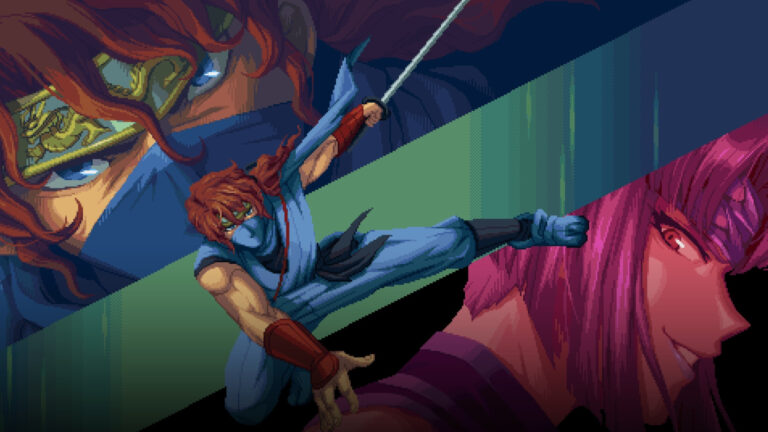Welcome back to the Ninja Gaiden Love/Hate series! It’s been a few months now since I embarked...
ninja gaiden
And with that, we have completed another Love/Hate series here on IC2S! Suffice to say, this was...
Welcome back to the Ninja Gaiden Love/Hate series! We’ve covered all the Ninja Gaiden video games that...
Welcome back to the Ninja Gaiden Love/Hate series on IC2S! In this entry, we’ll be looking at...
Welcome back to the Ninja Gaiden Love/Hate series! In this entry, we’ll be looking at Ninja Gaiden...
Welcome back to the Ninja Gaiden Love/Hate series! In this entry, we’ll be looking at Ninja Gaiden...
Welcome back to the Ninja Gaiden Love/Hate series on IC2S! In this entry, we’ll be looking at...
Welcome back to the Ninja Gaiden Love/Hate series on IC2S! It’s finally time for the entry you’ve...
Welcome back to the Ninja Gaiden Love/Hate series! In this entry, we’ll be looking at Ninja Gaiden...
Welcome back to the Ninja Gaiden Love/Hate series! In this entry, we’ll be looking at Ninja Gaiden...
Welcome back to the Ninja Gaiden Love/Hate series! In this entry, we’ll be looking at Ninja Gaiden...
Welcome back to the Ninja Gaiden Love/Hate series! In this entry, we’ll be looking at the final...
Welcome back to the Ninja Gaiden Love/Hate series! In this entry, we’ll be looking at Ninja Gaiden...
Welcome back to the Ninja Gaiden Love/Hate series! In this entry, we’ll be going back to the...













